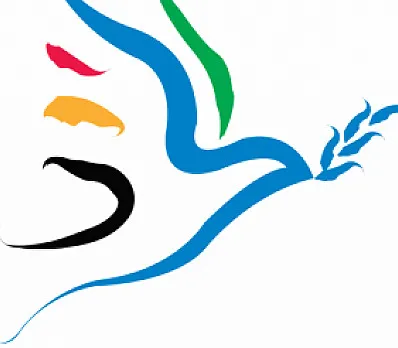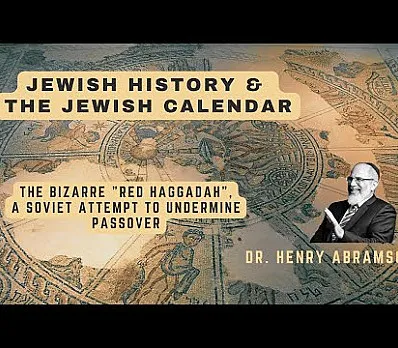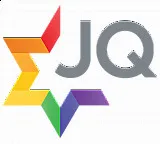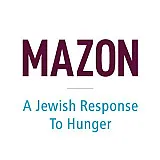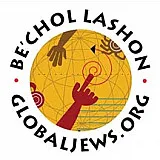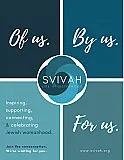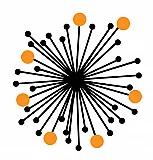Special Additions for your Seder Plate
Potato Following Operation Solomon, the Ethiopian Jews who arrived in Israel were unable to digest much substantial food. Thus, Israel's doctors fed the new immigrants simple boiled potatoes and rice, until their systems could take more food. To commemorate this at the Seder, you may choose to eat small red potatoes, alongside the parsley, for Karpas. Announce to those present that this is in remembrance of the wondrous exodus in our own time, from Ethiopia to Israel.\
Miriam's Cup This new custom celebrates Miriam's role in the deliverance from slavery and her help throughout the wandering in the wilderness. An empty cup is placed alongside Elijah's cup. Each attendee at the Seder then pours a bit of his/her water into the cup, symbolizing Miriam's life-giving well that followed the wandering Israelites. With this new custom, we recognize that women are equally integral to the continued survival of the Jewish community. With a social action lens, we see the pouring of each person's water as a symbol of everyone's individual responsibility to respond to issues of social injustice, and that, together, significant actions can take place.
Orange Many families and congregations have begun adding an orange to the Seder plate as a way of acknowledging the role of women in Jewish life. The origin of this custom has been described in a variety of ways; however, the authoritative explanation comes from Susannah Heschel:
"In the early 1980s, the Hillel Foundation invited me to speak on a panel at Oberlin College. While on campus, I came across a Haggada that had been written by some Oberlin students to express feminist concerns. One ritual they devised was placing a crust of bread on the Seder plate, as a sign of solidarity with Jewish lesbians ("there's as much room for a lesbian in Judaism as there is for a crust of bread on the Seder plate").
At the next Passover, I placed an orange on our family's Seder plate. During the first part of the Seder, I asked everyone to take a segment of the orange, make the blessing over fruit, and eat it as a gesture of solidarity with Jewish lesbians and gay men, and others who are marginalized within the Jewish community (I mentioned widows in particular).
Bread on the Seder plate brings an end to Pesach - it renders everything chometz. And its symbolism suggests that being lesbian is being transgressive, violating Judaism. I felt that an orange was suggestive of something else: the fruitfulness for all Jews when lesbians and gay men are contributing and active members of Jewish life. In addition, each orange segment had a few seeds that had to be spit out - a gesture of spitting out, repudiating the homophobia that poisons too many Jews.
When lecturing, I often mentioned my custom as one of many new feminist rituals that had been developed in the last twenty years. Somehow, though, the typical patriarchal maneuver occurred: My idea of an orange and my intention of affirming lesbians and gay men were transformed. Now the story circulates that a MAN stood up after a lecture I delivered and said to me, in anger, that a woman belongs on the bimah as much as an orange on the Seder plate. My idea, a woman's words, are attributed to a man, and the affirmation of lesbians and gay men is simply erased. Isn't that precisely what's happened over the centuries to women's ideas?"
Fair Trade Chocolate or Cocoa Beans
Fair Trade certified chocolate is grown under standards that prohibit the use of forced labor. It can be placed on the seder plate to remind us that forced labor is still with us today. The Fair Trade movement promotes economic partnerships based on equality, justice and sustainable environmental practices. We have a role in the process by making consumer choices that promote economic fairness for those who produce ourproducts around the globe. Learn more with
Inspired to create
your own Haggadah?
Make your own Haggadah and share with other Seder lovers around the world
Have an idea
for a clip?
People like you bring their creativity to Haggadot.com when they share their ideas in a clip
Support Us
with your donation
Help us build moments of meaning and connection through
home-based Jewish rituals.
OUR TOP CONTRIBUTORS
Passover Guide
Hosting your first Passover Seder? Not sure what food to serve? Curious to
know more about the holiday? Explore our Passover 101 Guide for answers
to all of your questions.


